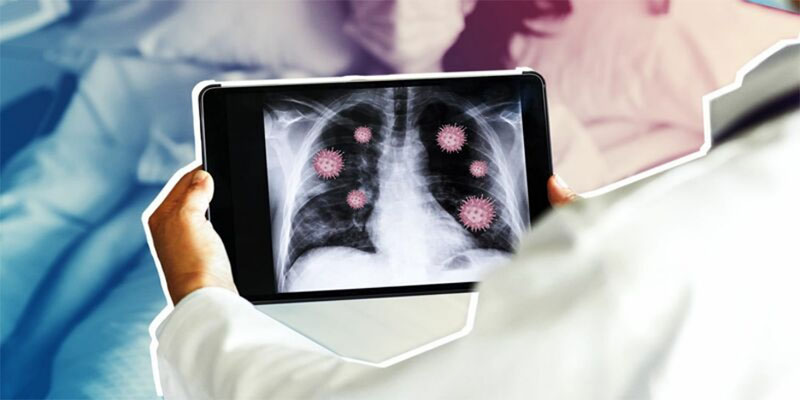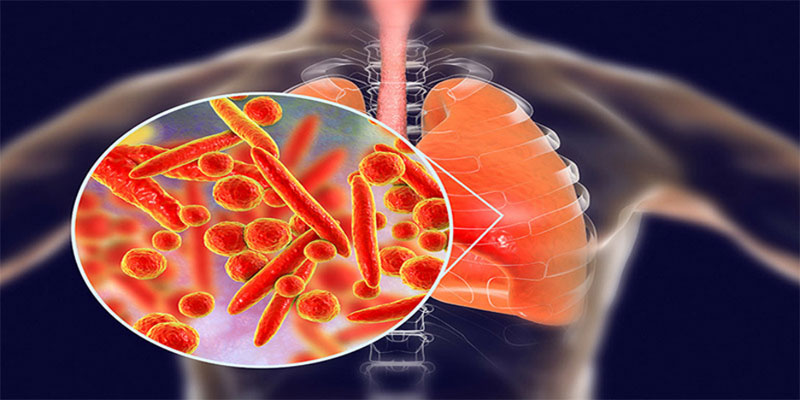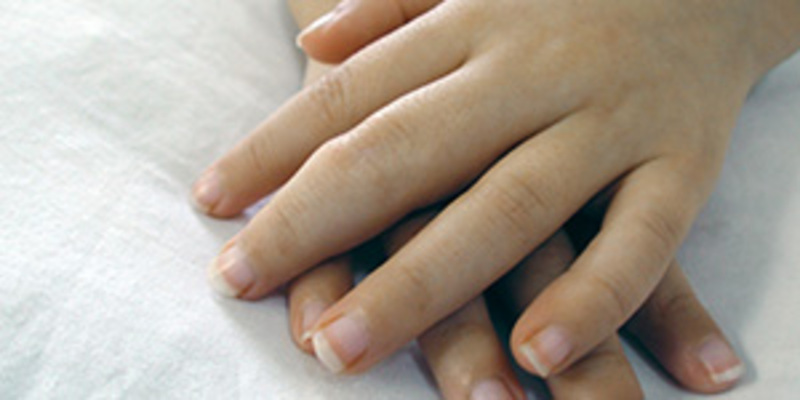The phrase "walking pneumonia" is often used to describe a minor episode of pneumonia that does not need medical treatment. Atypical pneumonia is an infection caused by bacteria as well as viruses; the common bacterium Mycoplasma pneumonia is a frequent culprit. There is typically no need for bed rest and otherwise hospitalization because symptoms might be light enough that you can go about your normal day. Dr Albert Rizzo, the senior medical adviser to the American Lung Association, advises anybody experiencing any of the symptoms mentioned earlier to consult a doctor without delay. Rizzo says that if your doctor suspects bacteria are to blame for your walking pneumonia, people may get well with antibiotics. Using over-the-counter drugs, such as antihistamines treating nasal congestion or cough medications to soothe the cough and release any mucus, may also be helpful (sputum).
What Exactly Is Walking Pneumonia?
Both bacteria and viruses are capable of causing pneumonia, an infection of the lungs. In most cases, people with walking pneumonia recover quickly. People who have this kind of pneumonia don't become bedridden. Thus the name "walking pneumonia." "Extremely unusual pneumonia" is another name used by certain medical professionals. Sometimes it's hard to tell the difference between a cold and walking pneumonia. Therefore, when should you start worrying that it's more than simply a cold? Keep reading to find out when you should see a doctor to get tested for suspected walking pneumonia. Pneumonia, known as "walking pneumonia", is rather mild. Pneumonia is an infection of something like the lungs that causes a high temperature, a cough that produces mucus, and the swelling of airways.
How Do You Detect Walking Pneumonia?

The symptoms of "walking pneumonia" may be identified by a doctor. They will examine your body and use auscultation to listen to your heart and lungs. The length of time you've been experiencing symptoms will be among the details they inquire about. Another question they could ask is whether you know of anybody else who has been experiencing similar symptoms, such as members of their family, friends, colleagues, or anyone else with whom you have frequent contact. Auscultation is a medical procedure in which the doctor listens to your lungs using a stethoscope. A stethoscope is a medical tool consisting of a tiny metal disc (diaphragm) and rubber tubing leading to earpieces. They will listen for abnormal noises by pressing the diaphragm against the patient's chest and back. The doctor will request tests to confirm the diagnosis of "walking pneumonia" when they have reason to suspect it.
What Symptoms Are Associated With Walking Pneumonia?
Most cases of walking pneumonia present with mild symptoms that are easily dismissed as the common cold. Walking pneumonia symptoms often manifest after 1–4 weeks of exposure to the causative bacteria.
Walking pneumonia symptoms may include the following:
- weakness
- fatigue
- fever and chills
- labored breathing
- sore throat
- persistent cough
- headache
- wheezing
- chest pain
- loss of appetite
- abdominal pain
- vomiting
The location of an illness might also affect the severity of its symptoms. A painful throat, headache, and stuffy nose may be more indicative of an upper respiratory tract infection, for instance. Coughing, shortness of breath, as well as wheezing are all potential signs of a lower respiratory infection.
Walking Pneumonia Causes

Viruses and bacteria can have a role in causing walking pneumonia. Following the American Lung Association, most instances are caused by M. pneumoniae, a common bacterium that generally affects children and individuals under 40. While the most common times of year to get M. pneumonias are the summer and early autumn, this bacteria may cause illness at any time. Walking pneumonia may also be brought on by Chlamydophila pneumoniae. This bacterium is a year-round threat, causing infections in people of all ages. It is more likely to spread in close quarters like those seen in college dormitories or nursing homes.
Conclusion
Mycoplasma germs produce a lung illness known as "walking pneumonia." The symptoms of this kind of pneumonia are similar to those of a chest cold, but they may worsen. Coughing, headache, and a little temperature are the first signs. The infection is often so minor that the carrier is unaware of the illness. The vast majority of individuals never need to spend time in the hospital. Antibiotics are the typical go-to for dealing with walking pneumonia. You may still be coughing two to three weeks after your illness has been treated. You can start wheezing as well. Over time, you should feel better from these symptoms. Symptoms accompanying walking pneumonia are similar to the common cold at first, but they last far longer than the average cold. Because antibiotics target the germs that cause walking pneumonia, using one may help alleviate symptoms.












